June 30-July 6, 2024
Butterflies, caterpillars, and freshwater mussels
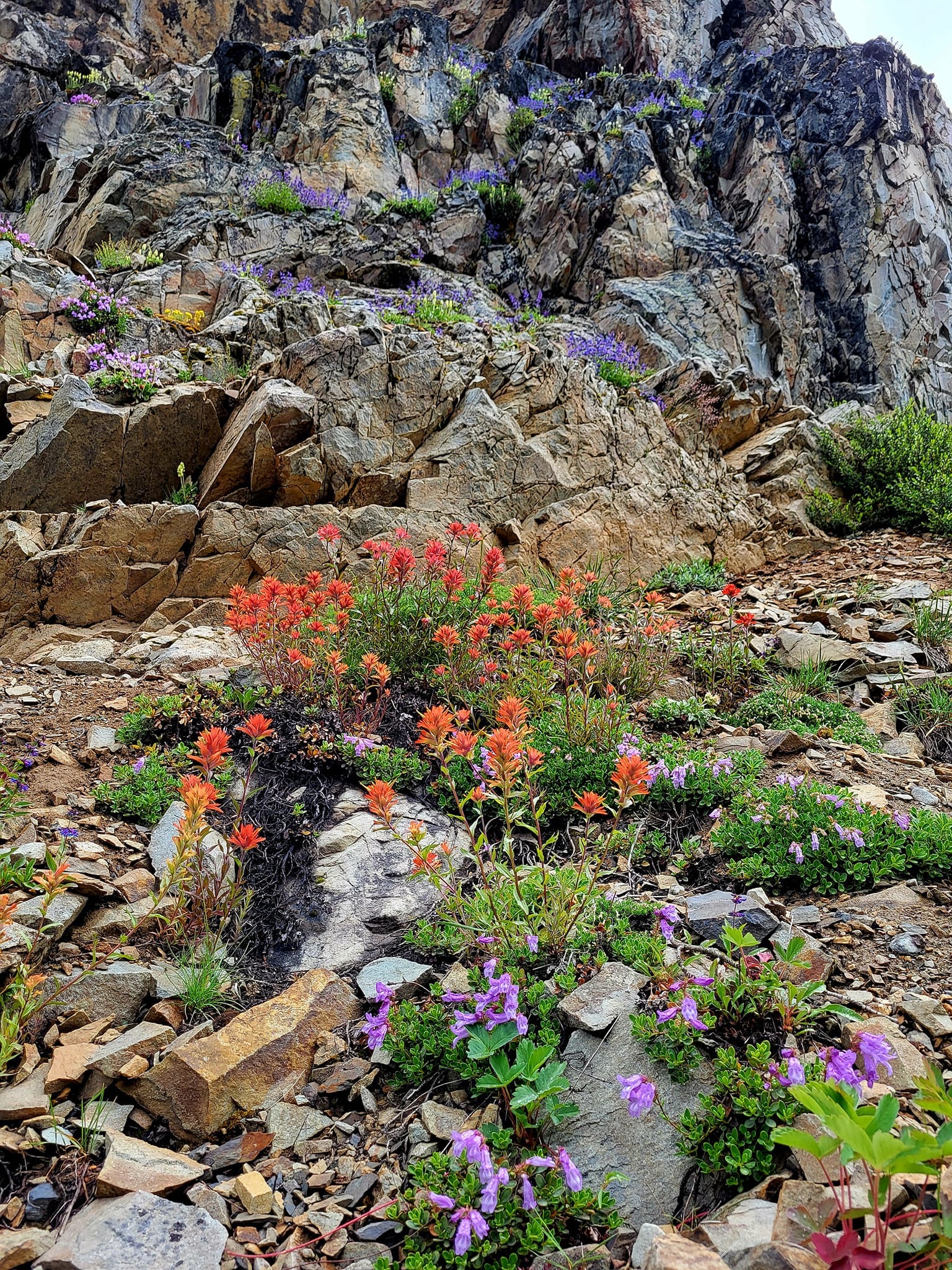
If it feels like the valley is getting too hot for comfort, it's time to head into the mountains for flowers and cooler temperatures.
Week in Review
This week started with rainstorms, then ended with days of brutal heat, marking the true beginning of summer weather. Everything is starting to show that dry, brittle edge that characterizes our summers, but at the same time there's still a lot of activity going on.
It seemed like this was an especially good week for observing butterflies, caterpillars, and cocoons, with a wide variety of butterflies being spotted around the valley and at higher elevations.
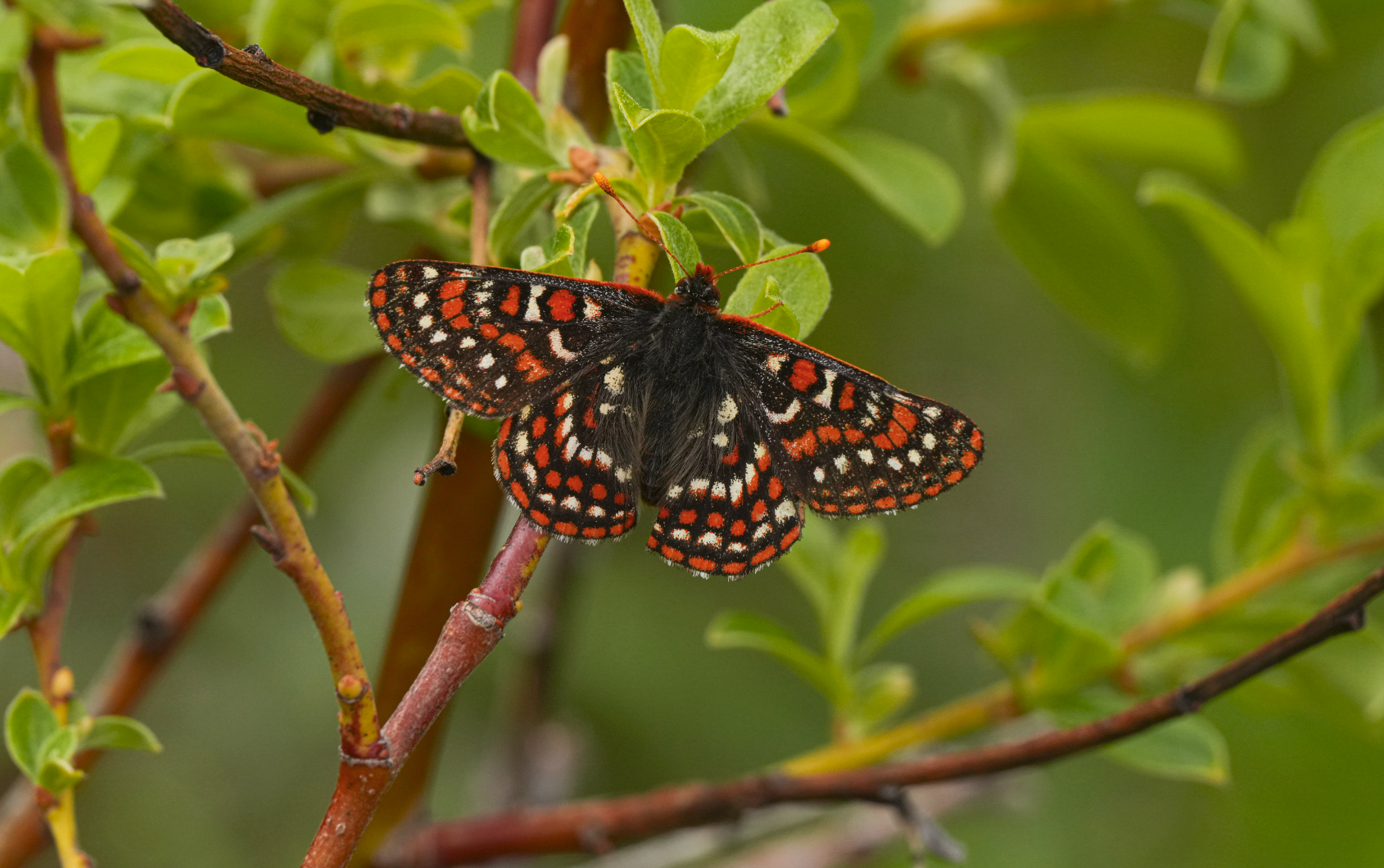
In cool, shaded forests above Mazama, there were a number of cryptic butterflies conspicuously flashing bright colors as they flew by. I was having a hard time finding one to get a photograph because when they land, they close their wings and disappear by blending into the drying vegetation.
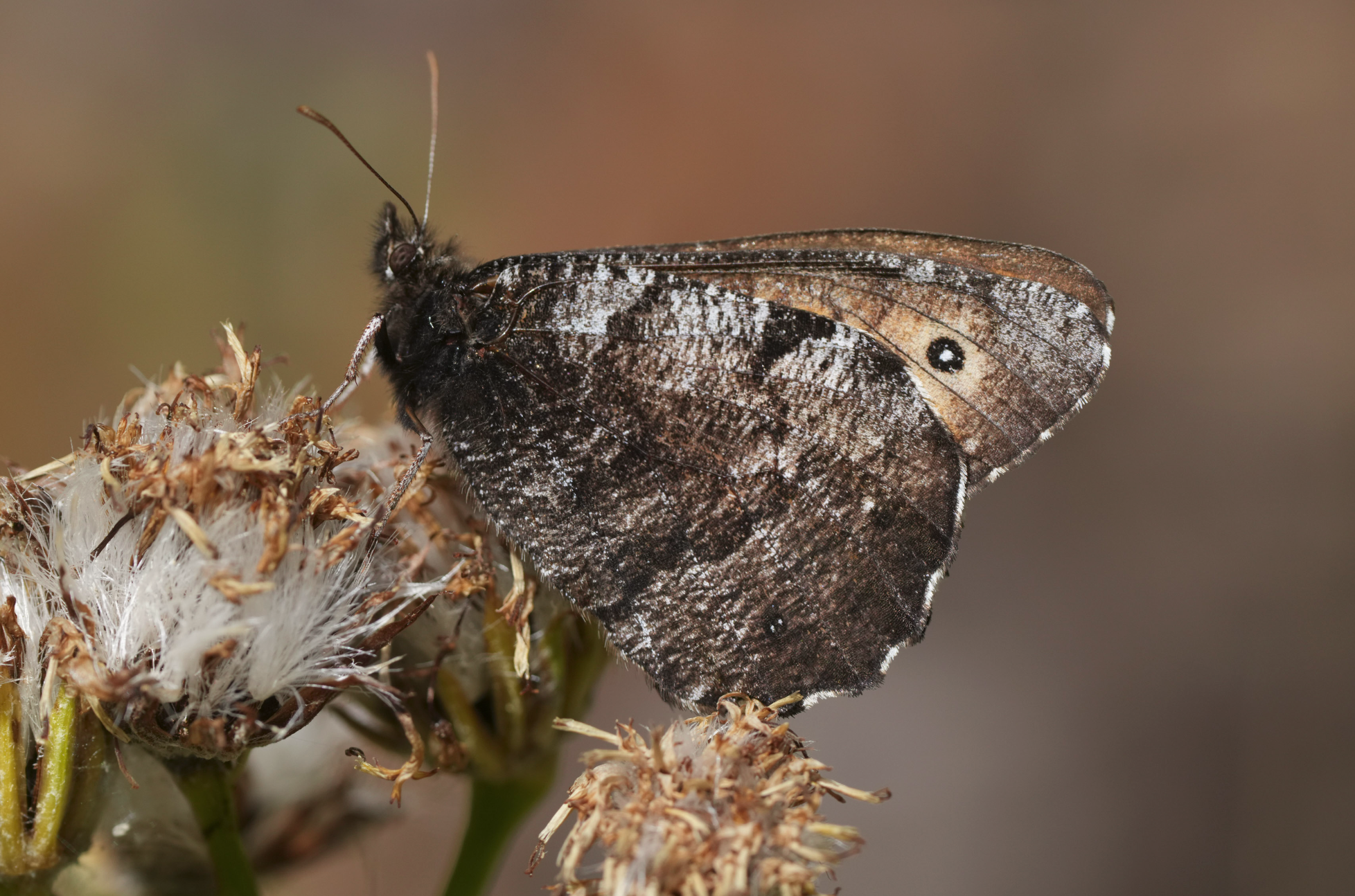
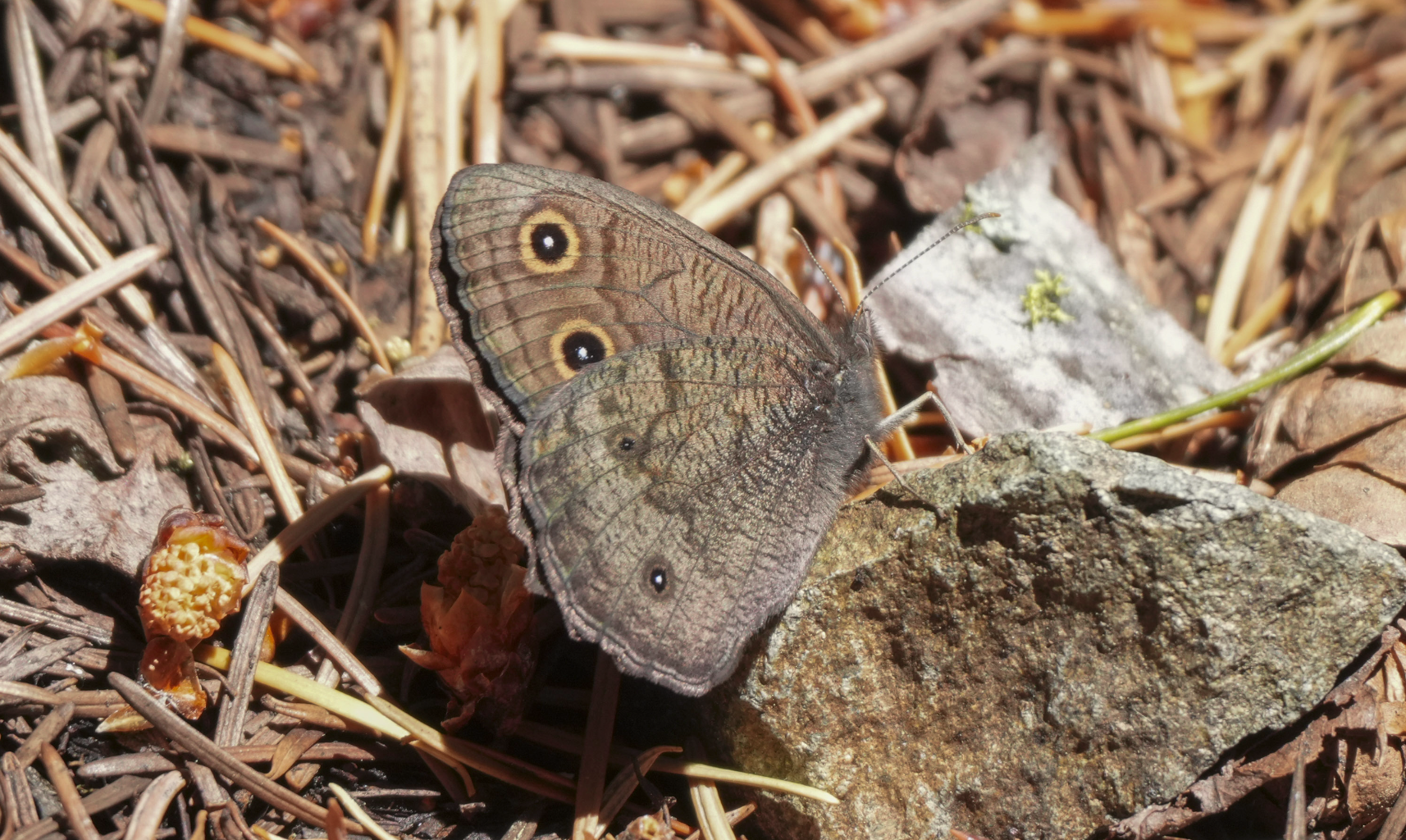
I was startled to see a mourning cloak caterpillar hanging on the side of our house one day, then even more startled the next day when it was replaced by a cocoon. Apparently, this is the season for mourning cloak caterpillars to turn into cocoons because this was the second one reported this week.
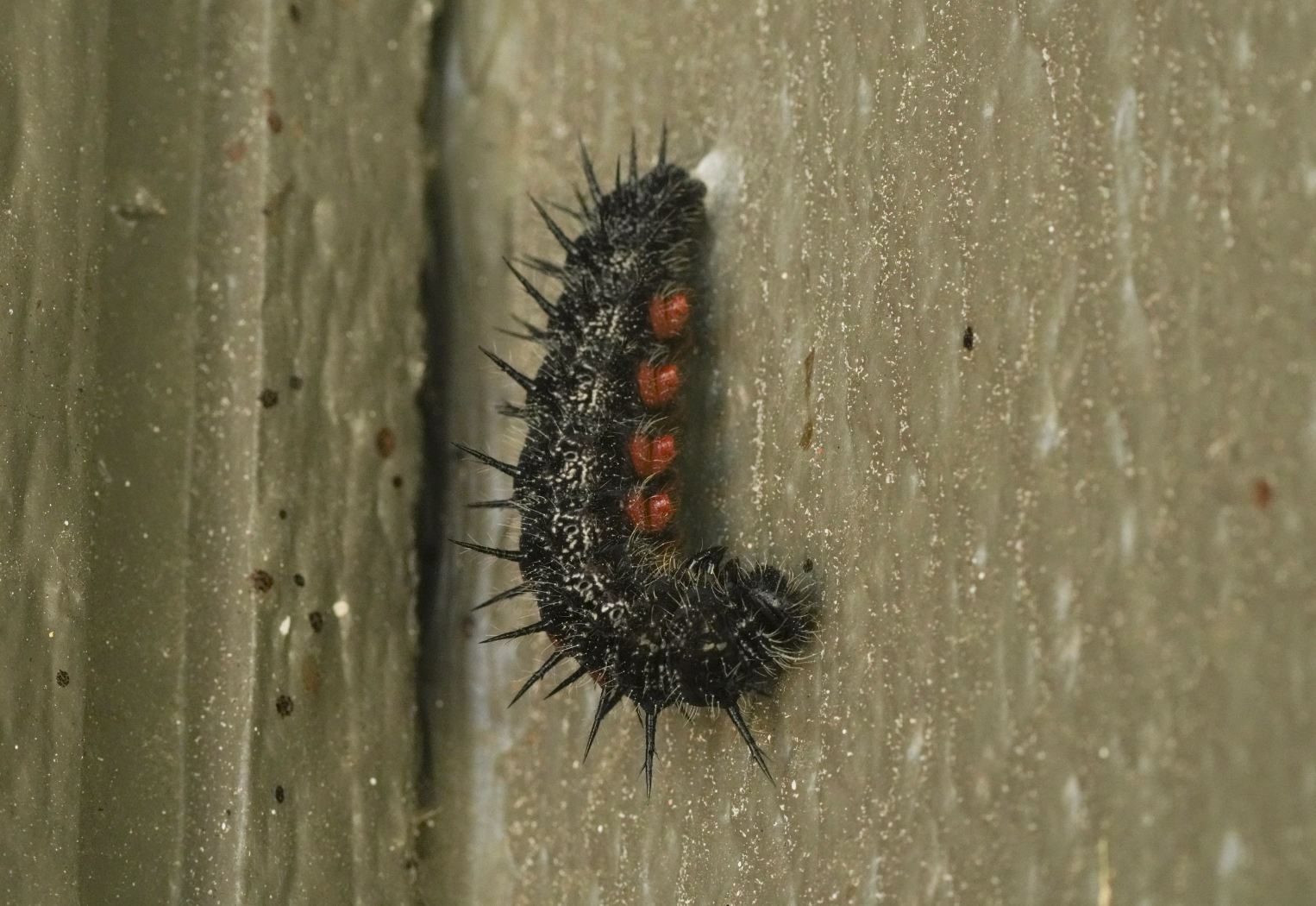
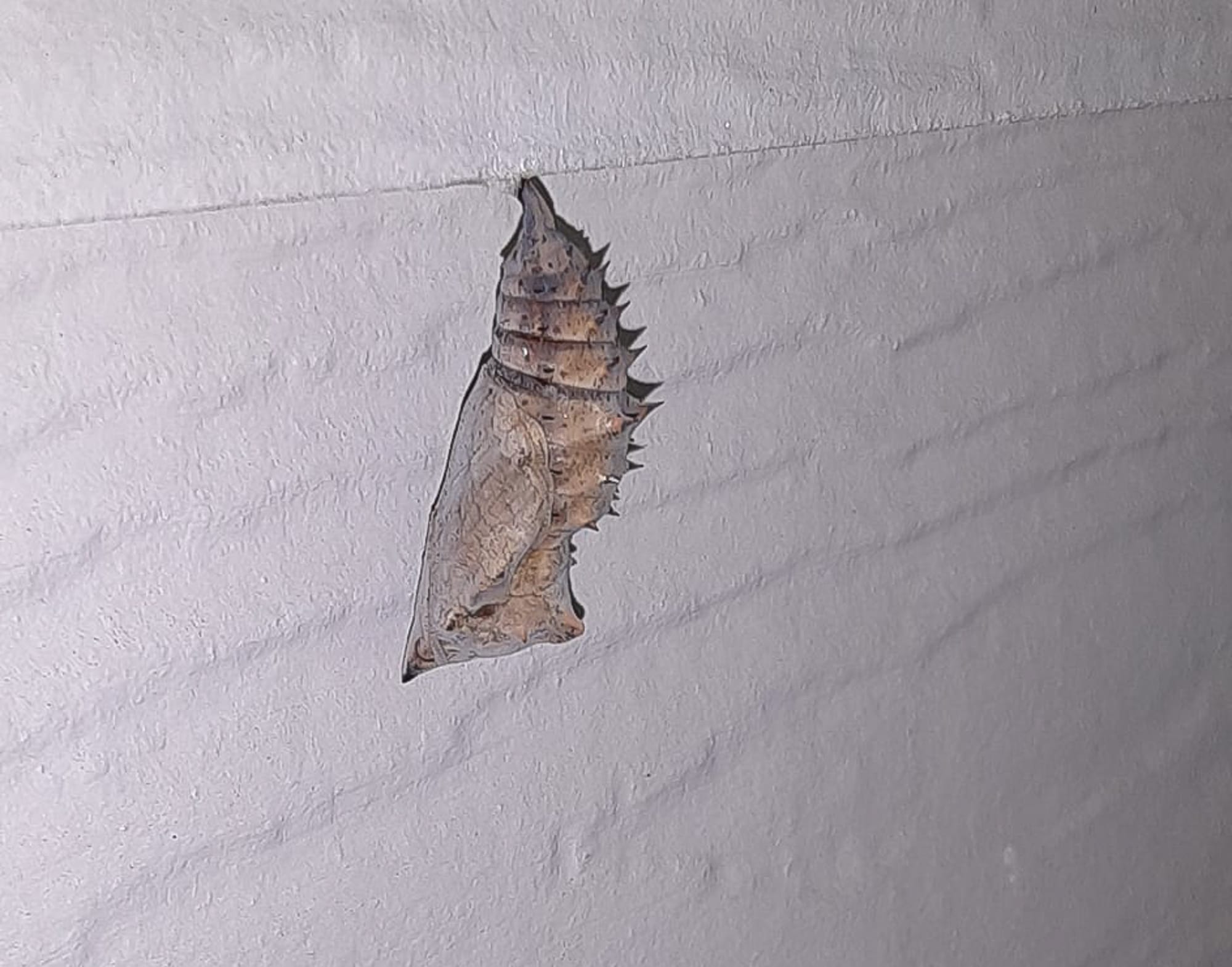
With careful searching, or a lucky eye, it's possible to find a range of caterpillars right now. This is a great time to look for them because they are getting larger, and are far more conspicuous than when they emerged in the spring.
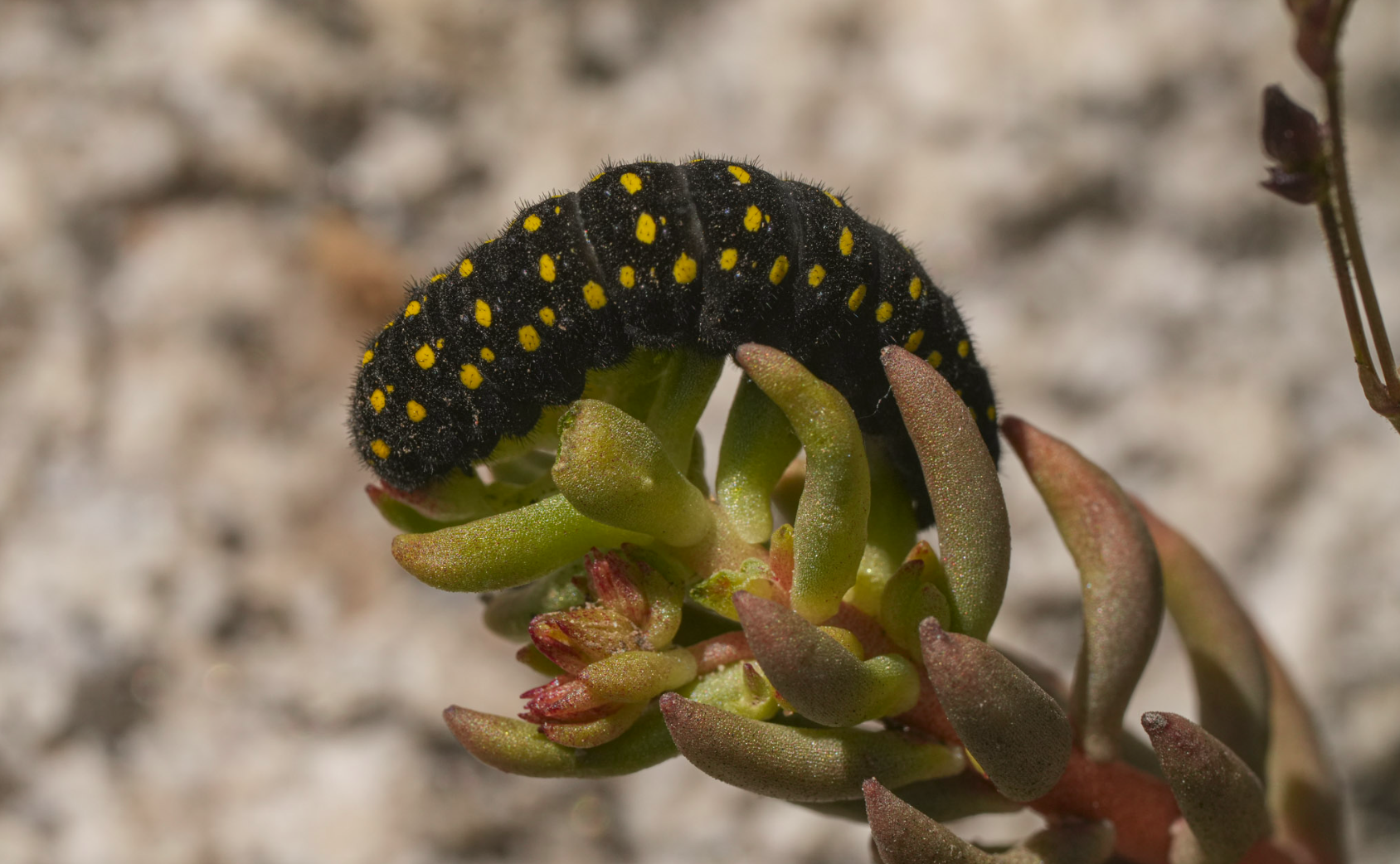
This is also a fun time to look for moths around your lights at night, and occasionally you might see one of our more unusual moths. I even spotted a tiny moth that was so beautiful I thought it was a butterfly at first.
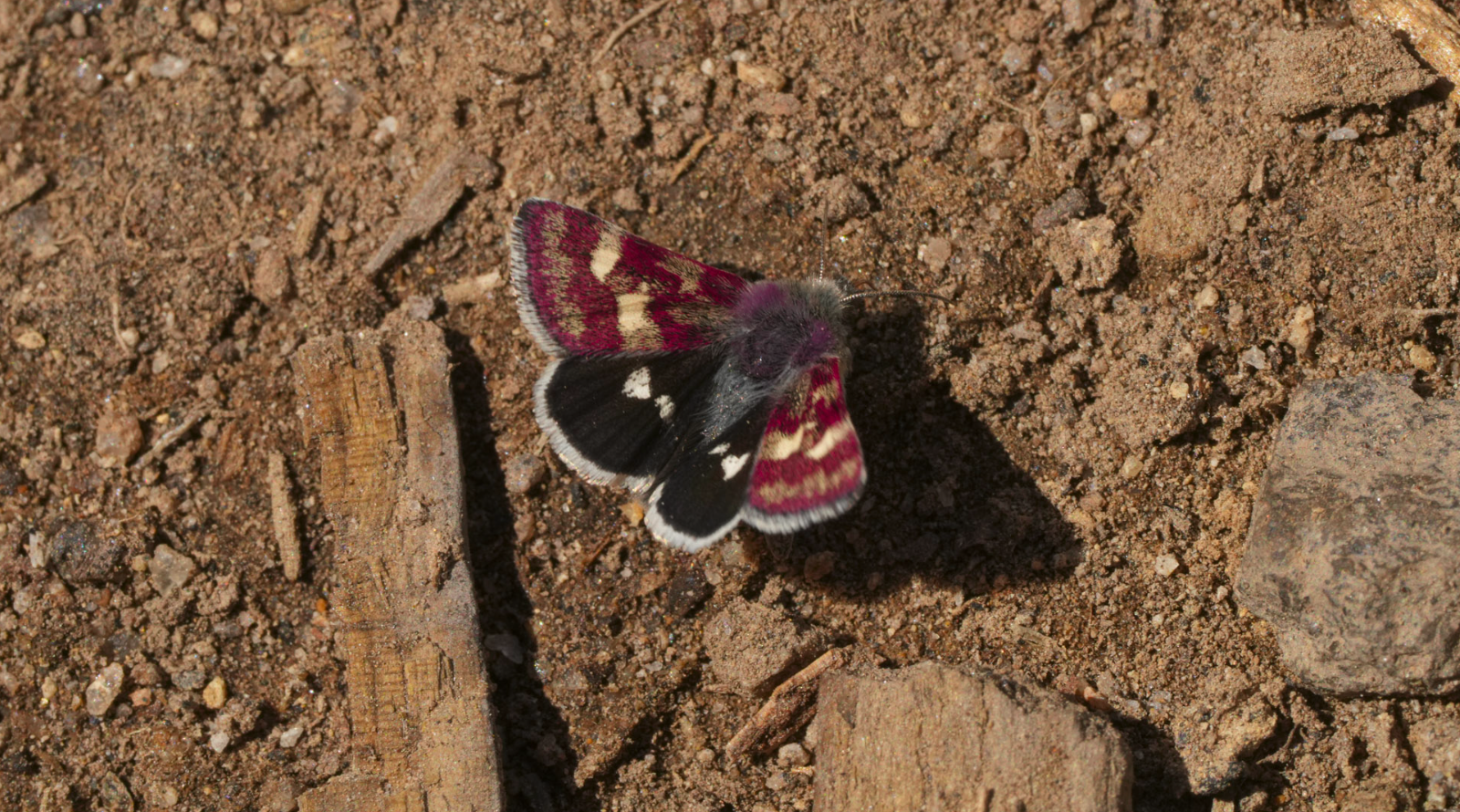
Butterflies and moths are just some of the many fascinating insects that are active right now. We also had a report of a really cool beetle that looks much like a bee that was discovered this week. These beetles in the Scarab family live in rotting logs as larvae, then as adults can be found eating pollen in flowers.
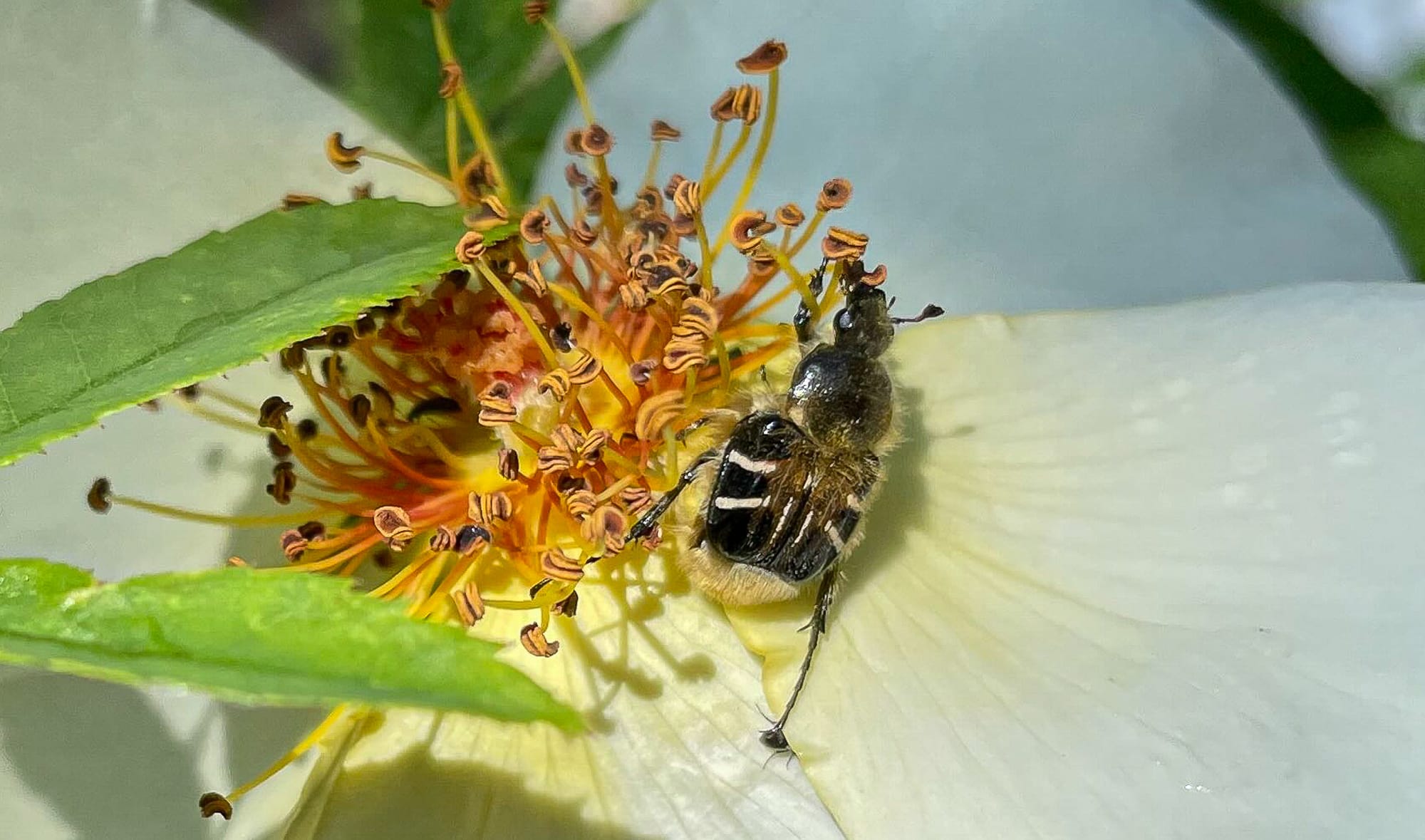
Observation of the Week: Freshwater Mussels
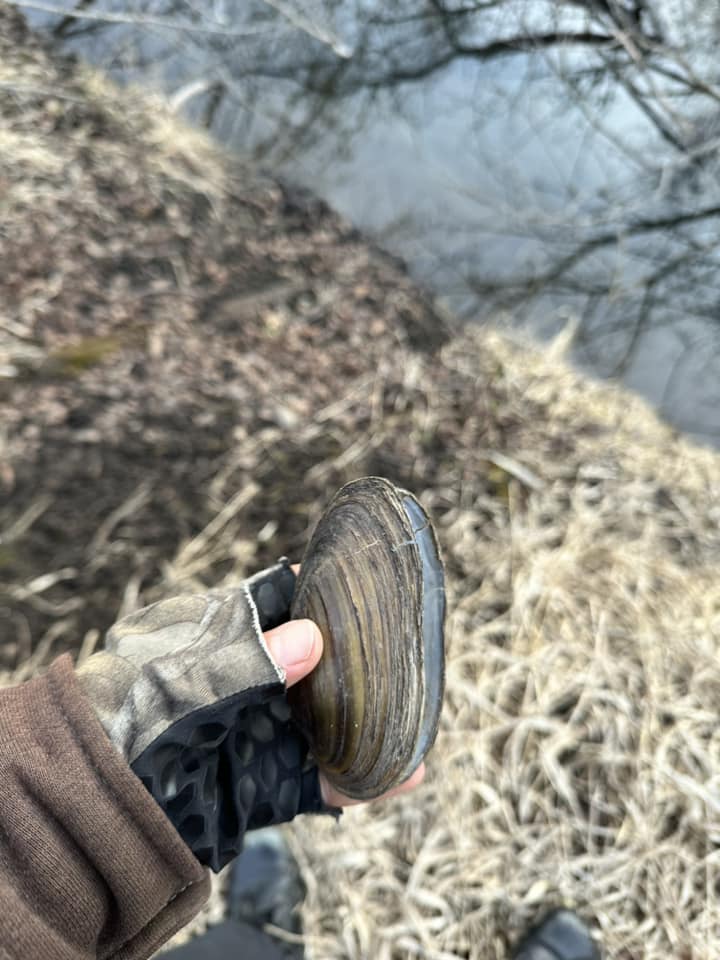
There was a conversation and photos about freshwater mussels on the Nature Notes Facebook group this week. It had never occurred to me that there were mussels in the Methow River, or that they had such a fascinating story.
Freshwater mussels are not only very important because they help clean dirty and polluted water, but they are considered one of the most endangered groups of animals in the world with dozens of North America's 300 freshwater mussels already critically endangered or extinct.
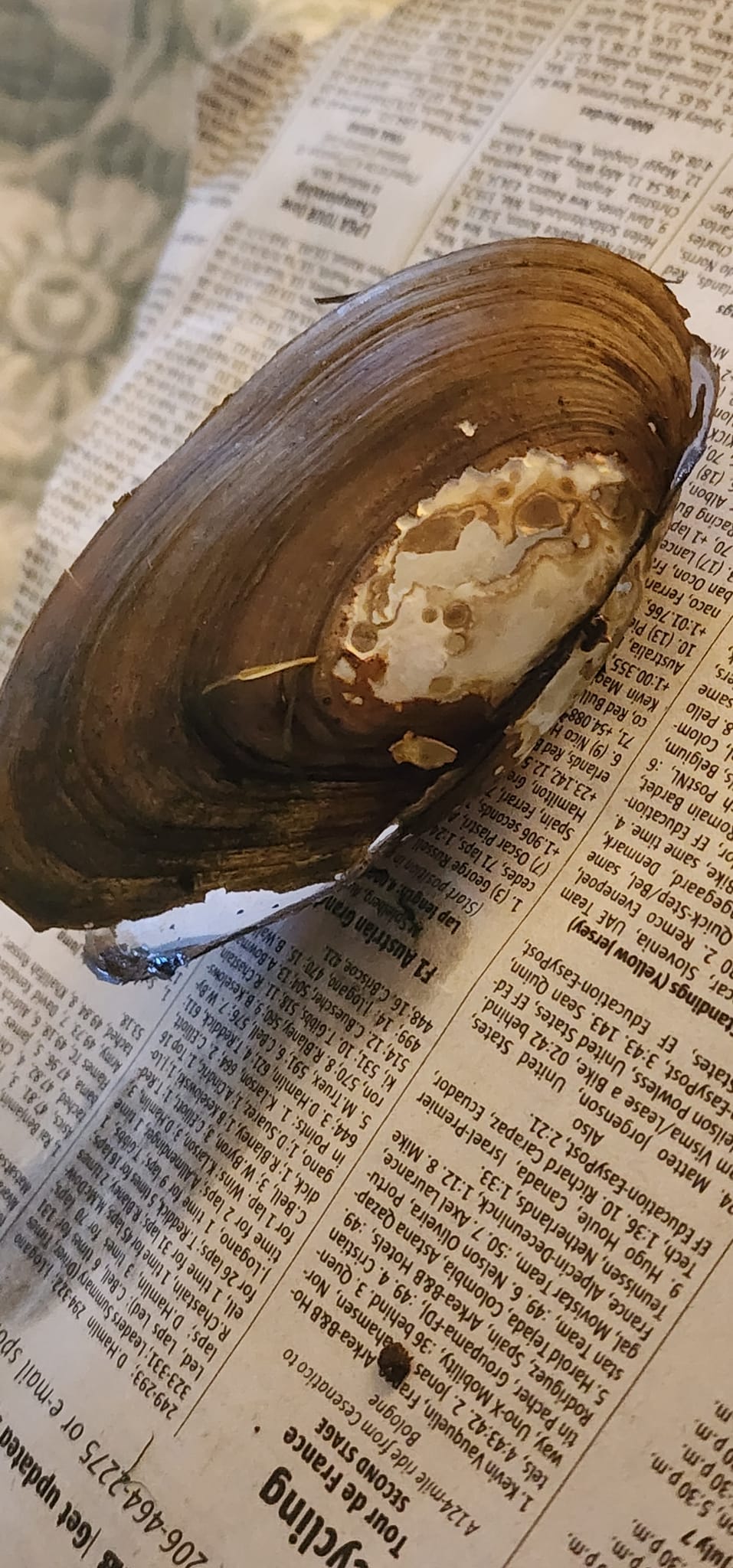
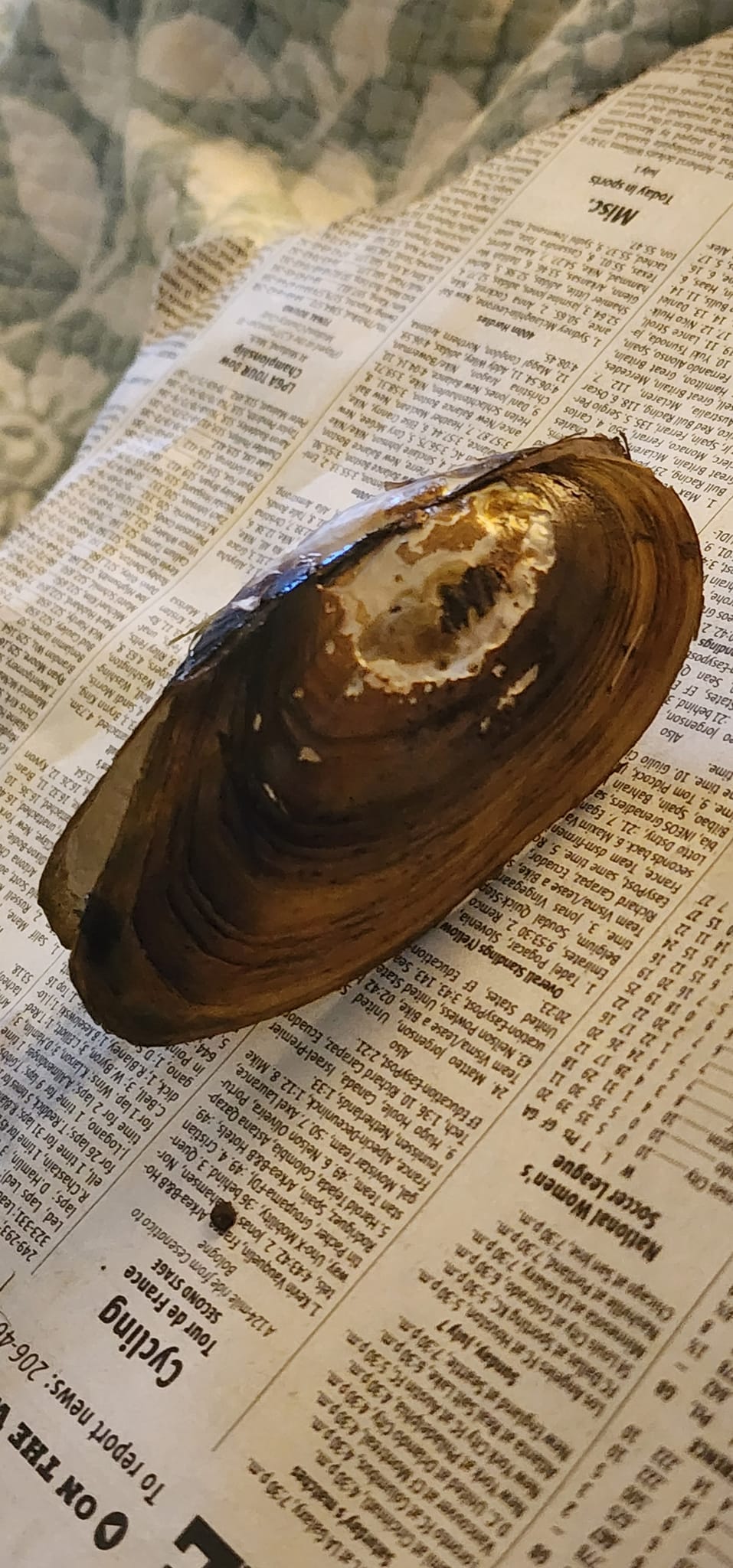
This mussel from the Methow River might be one of the floater mussels (Anodonta sp). Photo by Connie Jean
Since we have freshwater mussels in the Methow River they could be instrumental in helping us understand and monitor the river's health. It would be an amazing project if someone wanted to start studying our mussels, learning which species we have and how their populations change as the river faces ongoing impacts from logging, warming temperatures, and increased water use. And because they are such a critical animal in Pacific Northwest Rivers there are some fantastic resources available, including a detailed field guide with tons of great information.
One of the most amazing things about freshwater mussels are the incredible ways they disperse their larvae onto swimming fish. Some species have modified the fleshy edge of their mantle, so it looks like something to eat, and then when a fish approaches, the mussel blasts larvae onto the fish.
Other species use mucous to create clumps of larvae of that look exactly like common food items or create webs of mucous strands that fish touch as they swim by.
Mussel larvae (glochidia), which are about one-third the size of a grain of salt, attach to fish gills, where they live for a couple weeks before dropping off and starting life as baby mussels.
There's much more, and if you're interested, this short article is a fun and simple read. Enjoy!

